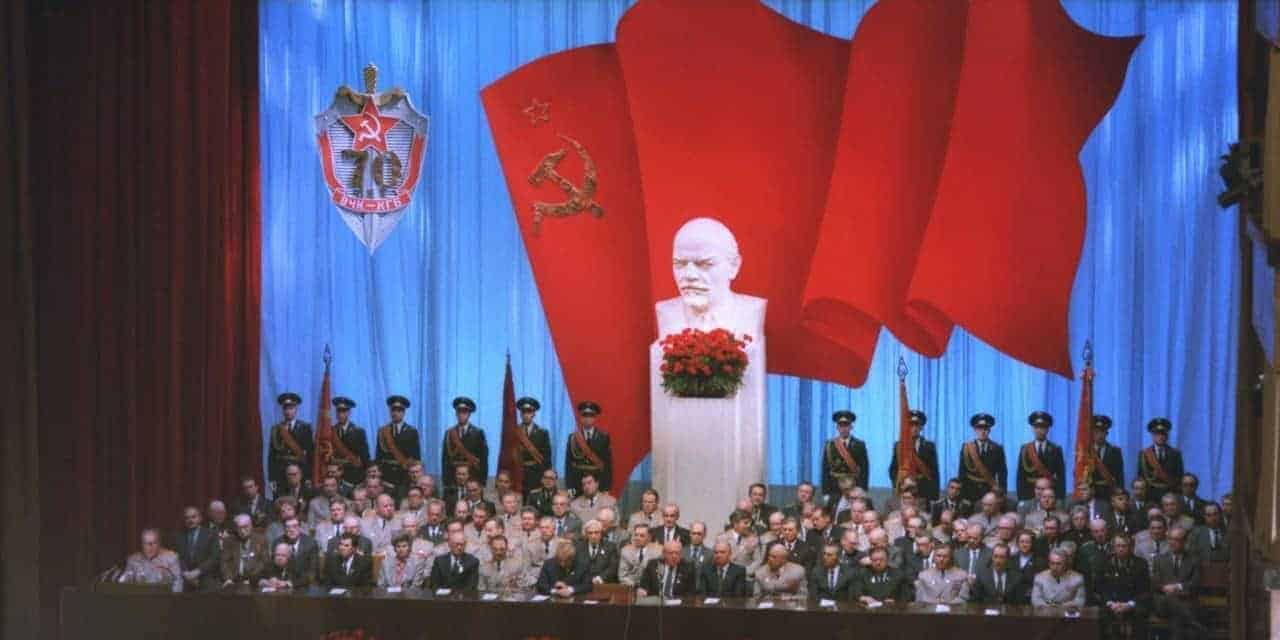If you’re a fan of James Bond films, then you already know that the KGB was often the “free world’s” arch nemesis. The KGB, where current Russian President Vladimir Putin spent part of his career, was perhaps the most feared spy agency of its time. Some even believe that the KGB was behind both of the Kennedy assassinations and other important high-level hits.
Many of the claims against the KGB haven’t been proven. Regardless, the KGB has a long record of killing and attempting to kill its rivals. That’s why we’re going to go over some of the most infamous plots carried out by the KGB, as well as its precursors and predecessors.
On a side note, after the Cold War Russia’s spy agencies were restructured, with the KGB being split into the Federal Security Service and the Foreign Intelligence Service. There are some reports currently circulating, however, that Russia is going to bring back its infamous spy agency.

1. John Wayne
John Wayne was an American icon, and also staunchly anti-communist. Few people of his day were as vocal in their opposition to communism. In fact, Wayne’s frequent bashing of the USSR may have prompted Joseph Stalin to order his assassination. The alleged assassination attempt unfolded in the early 1950’s, just as the Communist scare in the United States was starting to peak.
Not only would Stalin have silenced a critic, but he would have struck fear into the heart of the American people. Except, Stalin forgot that it was John Wayne, the ultimate personification of American frontier life, cowboy extraordinaire, and a man’s man. Wayne was warned about the coming assassination attempt by Sergei Gerasimov and Alexei Kapler, two Russian filmmakers. The FBI also provided info.
So what happened and how did it go down? Supposedly, several stuntmen in Hollywood had infiltrated communist cells and passed information onto Wayne. Then, Wayne and several stuntmen apparently stormed a communist meeting. The two communists who were to kill Wayne were taken to a beach and put through a mock execution. Afterwards, the two men were released into custody, and went on to work for the FBI.
Later, in 1953, Wayne was filming a movie in Mexico when yet another communist cell tried to assassinate him. Of course, we should keep in mind that these tales were retold by Hollywood actors and script writers. Given that we’re talking about professional story tellers, it wouldn’t be beyond them to spin a tall tale.
Recently declassified documents from Russia, the successor of the USSR, have revealed that Stalin was at least contemplating having Wayne assassinated. Apparently, the iron-fisted leader was a fan of Wayne’s films, but couldn’t tolerate his criticisms of communism. Either way, John Wayne went on to live until 1979, when he passed away from stomach cancer. Interestingly, his last film was shot in 1976, with Wayne staring as an aging gunfighter battling cancer.

